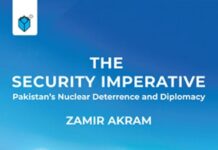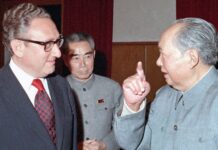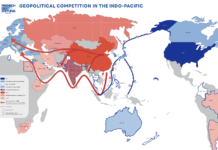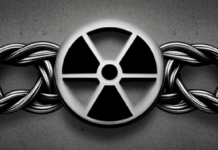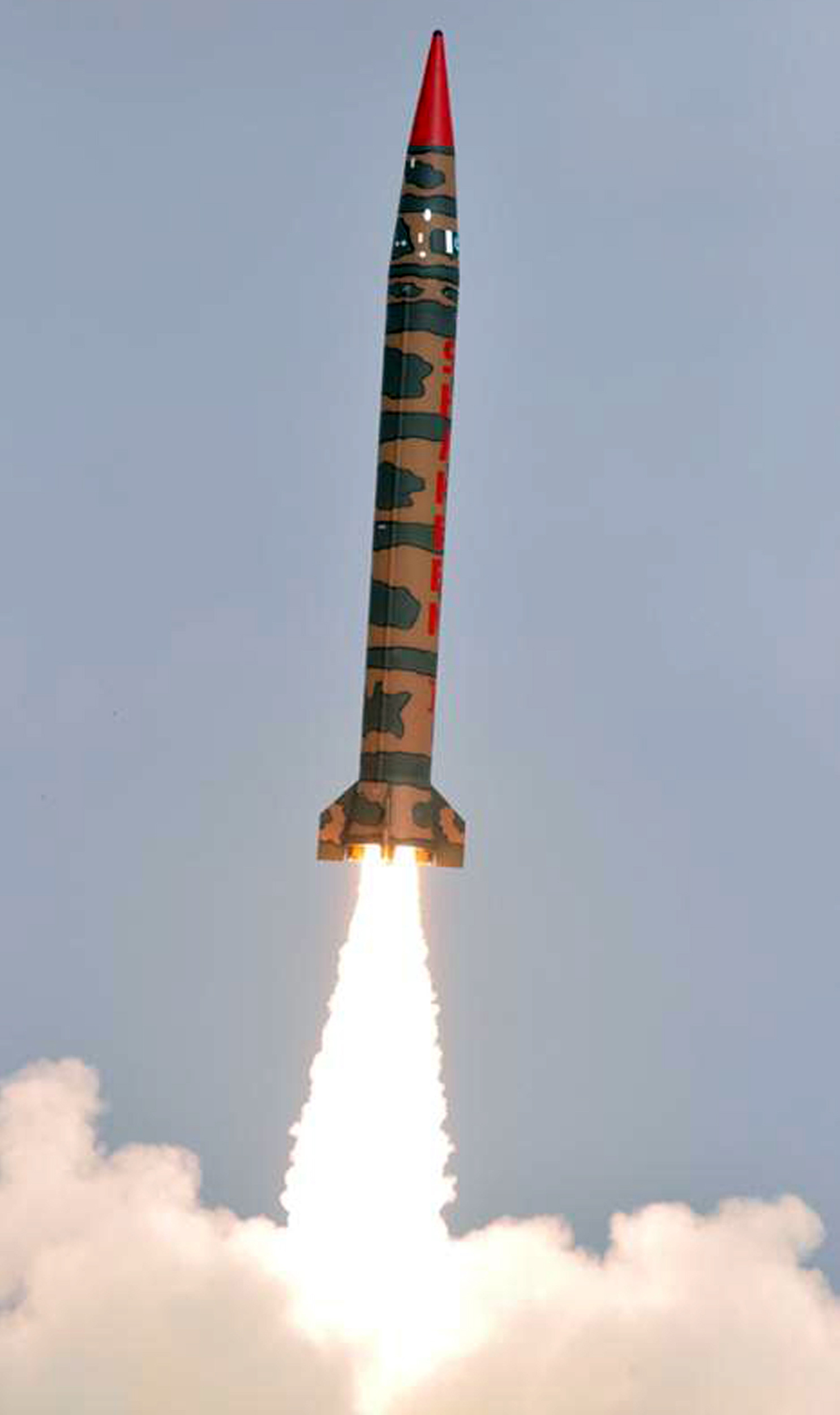
Adil Sultan
May 28, 2018, Pakistan celebrates the 20th anniversary of its nuclear weapons tests that were conducted in response to India’s decision to an become overt nuclear weapon state in 1998. The nuclearization of the region has helped Pakistan to restore strategic balance and prevent major wars in the region, besides ensuring sovereignty and territorial integrity in the face of growing challenges in an increasingly unstable regional and international security environment.
Pakistan embarked on its nuclear weapons journey as a security compulsion and as a result of India’s first nuclear weapon test of 1974. During this long and arduous journey, Pakistan had to pay heavy political and economic costs, but this is the cost worth paying in view of the growing turmoil in international security environment and with increasing salience of nuclear weapons in national security strategies of all nuclear states.
Pakistan started its nuclear quest as part of the US sponsored Atoms for Peace program launched by President Eisenhower in 1954. The nuclear program had purely peaceful orientation till 1971, once Pakistan had to face dismemberment at the hands of its Eastern neighbour. India’s nuclear test of 1974 further complicated Pakistan’s security dilemma and strengthened the leadership resolve that if Pakistan has to survive with honour and dignity, it must build its own nuclear weapons. A nuclear program that was originally started for peaceful purposes shifted its orientation to the weapons development and the acquisition of nuclear weapons became a national priority.
Pakistan has indigenously developed both civil and military applications of nuclear technology. On the civilian side, Pakistan is working to meet the target of producing 8,800 MWe of electricity by 2030, to help meet its energy shortages. It is operating five nuclear power plants and two 1000 MWe size plants are under construction near Karachi. All of the power plants are under IAEA safeguards and highest standards of safety and security measures are put in place, which have been lauded most recently by the DG IAEA during his visit to Pakistan in March 2018.
Nuclear technology in Pakistan is also used for health and agriculture purposes. Pakistan Atomic Energy Commission (PAEC) is operating 18 oncology medical centers that are providing free or subsidized cancer treatment to the patients. There are four agriculture research centers that are operating under the PAEC that have helped make qualitative and quantitative improvement in country’s crop production.
On the military side, the nuclear capability has helped restore strategic balance in the region. Unlike, the pre-1998 phase during which Pakistan and India engaged in wars and experienced several military crises; the post-1998 phase has been a period of relative peace. Despite major incidents, both countries remained deterred from escalating the crises that could have otherwise led to an all-out war with the possibility of a nuclear exchange.
The existence of nuclear weapons in the region has made war an unthinkable option. This realization led to the start of a peace process in 1999, which was interrupted due to Kargil conflict, but later resumed in 2004 in the form of a Composite Dialogue process. In their Joint Statement of 2004, both countries agreed that the nuclear capability of each other constitute a factor of stability in the region.
This relatively short-lived period of stability came under stress once India decided to introduce its new war fighting doctrine of Cold Start, also known as Pro Active Operations strategy with an objective of fighting a limited war under a nuclear environment. In response and to ensure the credibility of its nuclear deterrence, Pakistan introduced its short range ballistic missiles – also known as Tactical Nuclear Weapons (TNWs), which are part of its Full Spectrum Deterrence (FSD) posture. The FSD is not a quantitative shift but a qualitative response to address new challenge posed by India’s CSD.
Besides these developments, India is also in the process of operationalizing its submarine based second strike capability and is developing ballistic missile defense system. This has forced Pakistan to develop its own version of the second strike capability, besides testing its MIRVed (multiple independently targetable re-entry vehicles) missile system that could neutralize India’s missile defense system, to ensure the credibility of its deterrence posture.
To manage the civilian and military prongs of the nuclear program, Pakistan has put in place institutionalized nuclear management system, known as the National Command Authority (NCA). Headed by the Prime Minister, the NCA is responsible for all nuclear related decisions including the development, deployment and employment of nuclear weapons, besides looking after the civilian applications of peaceful uses of nuclear technology.
The NCA ensures centralized control of all nuclear weapon systems, including the TNWs. There are separate strategic forces from all the three services, whose operational control rests with the NCA, which is unlike India’s strategic forces which come under the Chairman Chiefs of Staff Committee (CoSC), who is also responsible for the conventional forces, thus blurring the lines between conventional and strategic forces chain of command.
The achievements made by Pakistan over the past two decades in the nuclear field is a matter of satisfaction and national pride. Despite having limited resources and relative conventional disadvantage, nuclear weapons have helped retain balance of power in the region thus ensuring Pakistan’s territorial integrity and sovereignty in an increasingly uncertain regional and global security environment.
Dr. Adil Sultan is a Visiting Fellow at War Studies Department, King’s College London.





